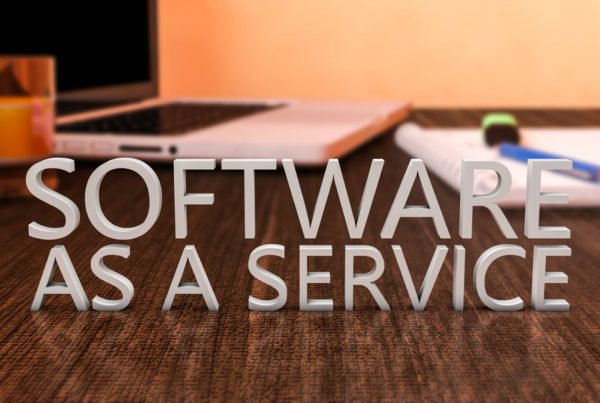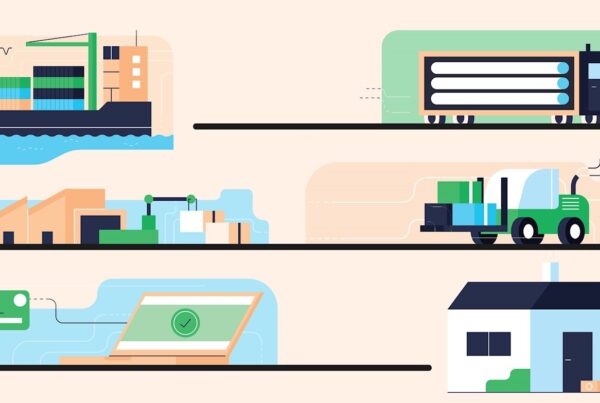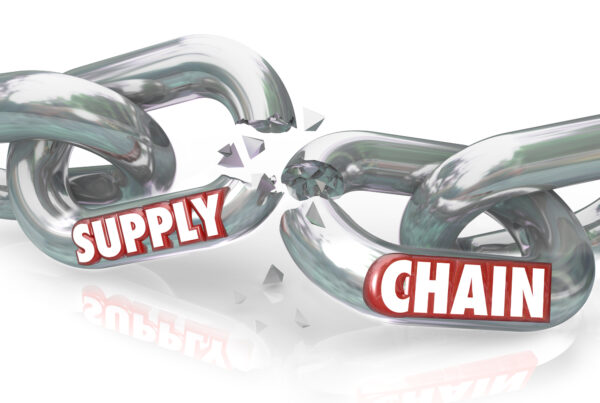SaaS – A Smarter Way for Companies to Manage Their Supply Chain
This poses a dilemma for companies with global supply chains, since most companies employ suppliers and contractors around the world — and sell their goods in many countries. The need to track the sourcing of components, the builds of products, and the delivery of finished goods remains unchanged — only now these processes must occur outside of the company and in a global supply chain that ERP can’t address. Unsurprisingly, solving the need for these new supply chains that reach into every corner of the world has become a fertile area for Software as a Service (SaaS) solutions.
Key pain points of global supply chain management that the SaaS service is solving include:
Risk Assessment
Uninterrupted Visibility
Guarantees on Quality




